
David
gamer level 6
8310 xp
8310 xp
followers
7
7
Use my invite URL to register (this will give me kudos)
https://boardgaming.com/register/?invited_by=dave510
profile badges
...
...
...
...
recent achievements

Tomahawk
Explore select games by completing a series of exploration actions. learn more »
Explore select games by completing a series of exploration actions. learn more »

Paladin
Give 1000 hearts (loyalty points) to a single game
Give 1000 hearts (loyalty points) to a single game

Gamer - Level 6
Earn Gamer XP to level up!
Earn Gamer XP to level up!

I Love Playin' Games
Claim that you have played a game today by clicking the "Played Today!" button on a game page 50 times.
Claim that you have played a game today by clicking the "Played Today!" button on a game page 50 times.

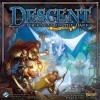



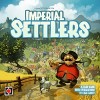






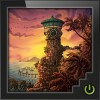




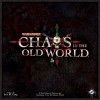







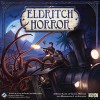






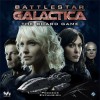



![Go to the Level 7 [Omega Protocol] page Go to the Level 7 [Omega Protocol] page](https://boardgaming.com/wp-content/uploads/2013/06/LEVEL-7-Omega-Protocol--100x100.jpg)


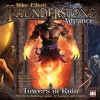



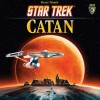






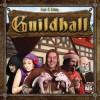


Descent: Journeys in the Dark (2ed)
Descent is a dungeon crawler that allows both the players and the GM (who becomes the evil overlord) to play. The game offers a few different modes of playing: single quest, epic play (basically single quest with a bit of skill and item customization) and the great and truly epic campaign mode (where you build up your character over a series of many quests). The campaign mode can last over 10 hours so it’s expected to be played over many sessions, which is why the game includes a pad which allows you to record both hero and overlord progress.
The game is fun. Heroes will encounter many monsters and locations over the course of the campaign (both indoor and outdoor locations). There are regular monsters and master monsters, and also lieutenants (which are somewhat like heroes, but on the overlord’s side) and quest specific monsters. The amount of monsters scale with player, although it is generally harder with 2 heroes, and easier as you increase the amount of heroes.
The Overlord also gets to have fun. He gets to control the monsters, but also play his Overlord cards to hinder the progress of the heroes (some are traps, others boost his own monsters). The Overlord cards can also be upgraded over the course of the campaign.
The balance is fine. Perhaps some quests may favor one side, while others favor the opposite side, but generally they are fairly balanced. In fact, if you check out the boardgamegeeks forum, you will see that some players have compiled polls and spreadsheets allowing other players to vote on the difficulty and win rate for different quests, and statistically they are quite balanced. Of course, it’s is important for both sides to remember the win conditions and read the rules properly. A rule incorrectly understood or a bunch of heroes too keen on killing rather than completing quest objectives will tilt the favor to the other side.
The components are also great. The figures are well made and detailed, while the cards, boards, and tokens are of great quality (as is usually the case with FF games).
Overall, I highly recommend this game to anyone interested in the dungeon crawling or RPG genre.